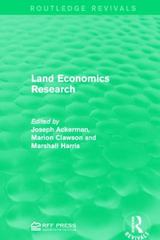Question
Q1: Consider an economy with 10 firms having identical marginal cost c = 1 engaging in Cournot competition. The inverse demand curve is P =
Q1: Consider an economy with 10 firms having identical marginal cost c = 1 engaging in Cournot
competition. The inverse demand curve is P = 10 Q.
Part a. (3 marks)
State the formula of Herfendahl Index. Find out its value in this economy.
Part b. (2 marks)
Find the Cournot output of one firm in this economy.
Part c. (2 marks)
Find the Cournot price in this economy.
Part d. (1 mark)
Find the value of Lerner Index in this economy.
Q2: Suppose firm 1 and firm 2 each produce the same product and face a market demand curve
Q = 5000 200P. Firm 1 has a marginal cost c1 = 6 and Firm 2 has a marginal cost c2 = 10.
The smallest indivisible unit of currency is > 0 which can be assumed to be very small
but strictly positive.
Part a. (2 marks)
Write down a possible pair of Bertrand equilibrium prices p1, p2 (in terms of ).
Part b. (2 marks)
In your proposed equilibrium in Part a, write down the quantity supplied q1, q2 (in terms of
).
Part c. (1 mark)
What are the profits of each firm in equilibrium? (in terms of )
Part d. (2 marks)
For Part a, b and c, we assumed that is sufficiently small to make our arguments work.
What is the critical value such that if is strictly greater than it, your arguments would fail?
P.S the attached screenshots are the exact same questions. Just for your reference if you need a clearer display
Step by Step Solution
There are 3 Steps involved in it
Step: 1

Get Instant Access to Expert-Tailored Solutions
See step-by-step solutions with expert insights and AI powered tools for academic success
Step: 2

Step: 3

Ace Your Homework with AI
Get the answers you need in no time with our AI-driven, step-by-step assistance
Get Started


